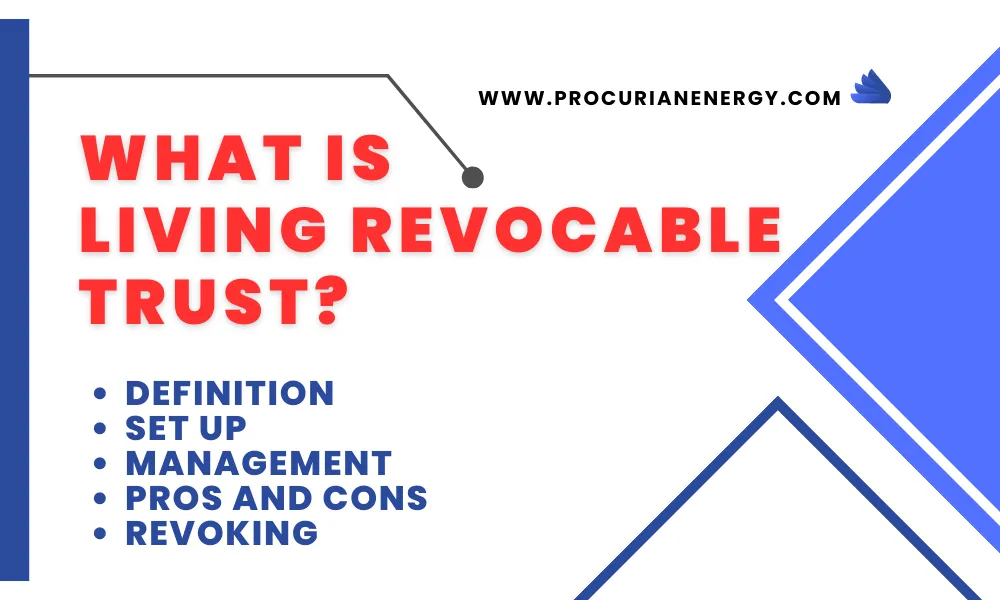Trusts are important in estate planning because they preserve and distribute assets according to your intentions.
However, not all assets are eligible for placement in a trust. Understanding what can and cannot be included is essential for crafting a comprehensive estate plan that aligns with your goals.
In this blog, we will explore about what assets cannot be placed in a trust and discuss alternative planning strategies to ensure a seamless estate distribution.
Understanding Trusts and Asset Ownership

Before we get into the individual assets, let’s take a quick look at trusts and asset ownership inside them.
A trust is a legal structure in which a person (the settlor) transfers assets to a trustee, who keeps and manages the assets on behalf of one or more beneficiaries.
Trusts of various forms such as revocable and irrevocable trusts, provide varying amounts of control and protection.
Assets Typically Eligible for Placement in a Trust
Several types of assets can be effectively placed in a trust:
1. Real estate and property – Homes, land, commercial buildings and other real estate assets can be placed in a trust to simplify their management and transfer to beneficiaries.
2. Financial assets – Stocks, bonds, mutual funds and other investment accounts can be held within a trust, ensuring their proper distribution to heirs.
3. Intellectual property – Copyrights, patents, trademarks and other intellectual property rights can be protected and managed through a trust.
4. Business interests – Partnership shares, LLC membership interests and shares in corporations can be transferred to a trust to preserve and control their value.
Also See: 50 Ways to Make Money Online & Offline
Assets That Cannot Be Placed in a Trust
Here are some common examples of assets that may have restrictions on being placed in a trust:
1. Retirement accounts
Generally, individual retirement accounts (IRAs), 401(k) plans, and other qualified retirement accounts cannot be directly placed in a trust. However, there are alternative strategies, such as naming the trust as a beneficiary or using a specialized trust like a “standalone retirement trust,” that can achieve similar goals.
2. Health Savings Accounts (HSAs)
HSAs are typically subject to specific ownership requirements and cannot be owned by a trust. They are generally tied to an individual’s health insurance plan and should remain in the individual’s name.
3. Life insurance policies
While life insurance proceeds can be directed to a trust upon the insured person’s death, the policy itself is typically not placed in the trust during their lifetime. Instead, the trust can be named as a beneficiary.
4. Motor vehicles
Depending on the jurisdiction, motor vehicles may have specific titling requirements that prevent their placement in a trust. Instead, alternative methods like transferring the title through a separate process may be used to achieve similar goals.
5. Certain government benefits
Assets that are intended to qualify an individual for means-tested government benefits such as Medicaid or Supplemental Security Income (SSI), may have restrictions on being held within a trust. Specialized trusts, like “special needs trusts” are often utilized to preserve eligibility for such benefits while still providing additional support.
6. Non-transferable assets
Some assets, by their nature, cannot be transferred to a trust. For example, personal items such as clothing, jewelry and sentimental possessions, cannot be owned by a trust. These assets are typically handled through other estate planning mechanisms like wills or specific bequests.
Alternative Planning Strategies for Non-Trustable Assets
While these assets cannot be placed directly in a trust, alternative strategies can be implemented to address them:
Beneficiary designations
Ensure that you have designated beneficiaries for retirement accounts, life insurance policies and other assets that allow beneficiary designations. Regularly review and update these designations as needed.
Payable-on-death (POD) or transfer-on-death (TOD) designations
For assets like bank accounts, brokerage accounts, and vehicles, consider utilizing POD or TOD designations to designate beneficiaries who will inherit these assets directly.
Comprehensive estate planning
A well-rounded estate plan should consider all assets, including those not eligible for trust placement.
Consult with professionals to develop a comprehensive plan that incorporates wills, powers of attorney and other legal instruments to address the non-trustable assets effectively.
This approach ensures that your entire estate is accounted for and distributed according to your wishes.
FAQs
Why not put checking account in trust?
Checking accounts are typically used for daily transactions and immediate access to funds, while trusts are designed for long-term asset management and estate planning. They serve different purposes and have different legal and financial implications.
What happens to property not in a trust?
Property not placed in a trust typically passes through other means such as a will or intestate succession laws and may be subject to probate proceedings.
what assets should be placed in a trust?
Assets such as real estate, investments, valuable possessions and financial accounts can be placed in a trust to provide protection, efficient distribution and potential tax benefits for beneficiaries.
What are the disadvantages of a living trust?
Possible disadvantages of a living trust are:
-the cost of setting it up.
-ongoing maintenance, loss of some privacy.
-the potential for disputes among beneficiaries.
Should bank accounts be included in a living trust?
Yes, including bank accounts in a living trust can help avoid probate, provide privacy and facilitate the seamless transfer of assets to beneficiaries upon the account holder’s death.
Can a trust hold assets?
Yes, a trust can hold assets. It is a legal entity that can own and manage property on behalf of beneficiaries according to the terms of the trust agreement.
Which type of trust is best?
The best type of trust depends on individual circumstances and goals. Common types include revocable living trusts for estate planning, and irrevocable trusts for asset protection and tax planning.
Who has the most power in a trust?
The trustee has the most power in a trust as they are responsible for managing and distributing the trust assets according to the terms of the trust agreement.
Can family members be members of trust?
Yes, family members can be members of a trust. They can be designated as beneficiaries or trustees depending on the specific provisions outlined in the trust document.
Final Words
While trusts are powerful tools for estate planning, not all assets can be placed within them.
Understanding the assets that cannot be included in a trust is essential for developing a comprehensive estate plan.
By exploring alternative planning strategies and seeking professional advice, you can ensure that all of your assets are appropriately addressed, allowing for a seamless distribution of your estate to your chosen beneficiaries.
Remember, estate planning is a continuous process and regular reviews and updates are necessary as your circumstances and goals evolve.
By taking the time to understand the limitations of trusts and implementing alternative strategies, you can create a robust estate plan that safeguards your assets and provides for your loved ones in the future.







